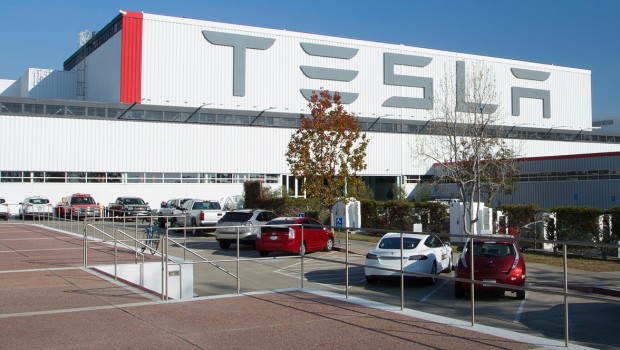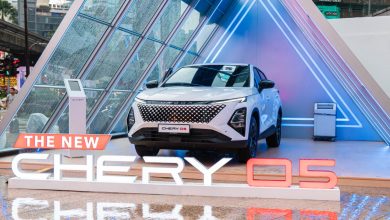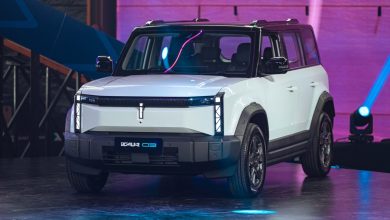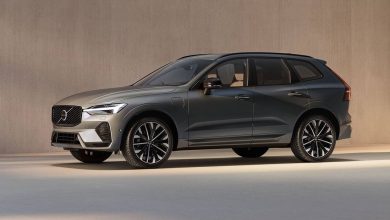Tesla மற்றும் Panasonic New York, Solar Cells and Modules உற்பத்தி தொடங்கும்

Tesla மற்றும் Panasonic Buffalo, NY factory photovoltaic (PV) cell மற்றும் தொகுதிகள் உற்பத்தி modules இந்த வாரம் ஒரு ஒப்பந்தம் இறுதி செய்துள்ளன. இந்த உயர் திறன் pv cell மற்றும் தொகுதிகள் non-solar roof பொருட்கள் solar panels தயாரிக்க பயன்படுத்தப்படும்.

solar roof begins தொடங்கும் போது, tesla உற்பத்தி என்று solar glass அடுக்கு கூரைகள் பல வகையான ஒரு Panasonic cell இணைக்கும். இந்த solar பொருட்கள் அனைத்து tesla ஆற்றல் சேமிப்பு பொருட்கள், Powerwall மற்றும் Powerpack பணிபுரியும் என்று. முதல் pv. தொகுதிகள் உற்பத்தி கோடை 2017 இல் தொடங்கும், மற்றும் 2019 ஆம் ஆண்டில் Gigawatt of module production செய்வர்.
tesla மற்றும் Panasonic உற்பத்தி தொடங்கும் என, buffalo tesla அமெரிக்க உற்பத்தி தளத்தை விரிவுபடுத்துவதற்கு, வரும் ஆண்டுகளில் புதிய வேலைகள் ஆயிரக்கணக்கான உருவாக்க தொடரும். tesla buffalo உட்பட 500 க்கும் மேற்பட்ட உற்பத்தி வேலைகள் 1,400 வேலைகள் உருவாக்க SolarCity இன் அர்ப்பணிப்பு மீண்டும் உறுதிப்படுத்துகிறது.
Panasonic, pv உற்பத்தி அதன் தொழில்நுட்ப மற்றும் உற்பத்தி நிபுணத்துவம், மேலும் tesla கொண்டு: Fremont, CA SolarCity அவரது சொந்த இடத்திலேயே pv. அடுத்த தலைமுறை தொழில்நுட்பம் வளர்ந்து வேலை செய்யும்
இந்த உடன்படிக்கையின் ஒரு பகுதியாக, Panasonic buffalo மற்றும் tesla தேவையான மூலதனம் செலவுகளை Panasonic ஒரு நீண்ட கால கொள்முதல் அர்ப்பணிப்பு செய்து வருகிறது. கூட்டு tesla Gigafactory மணிக்கு மின் வாகனம் மற்றும் கட்டம் சேமிப்பு பேட்டரி செல்கள் உற்பத்தி இதில் tesla மற்றும் Panasonic extends the established relationship.





